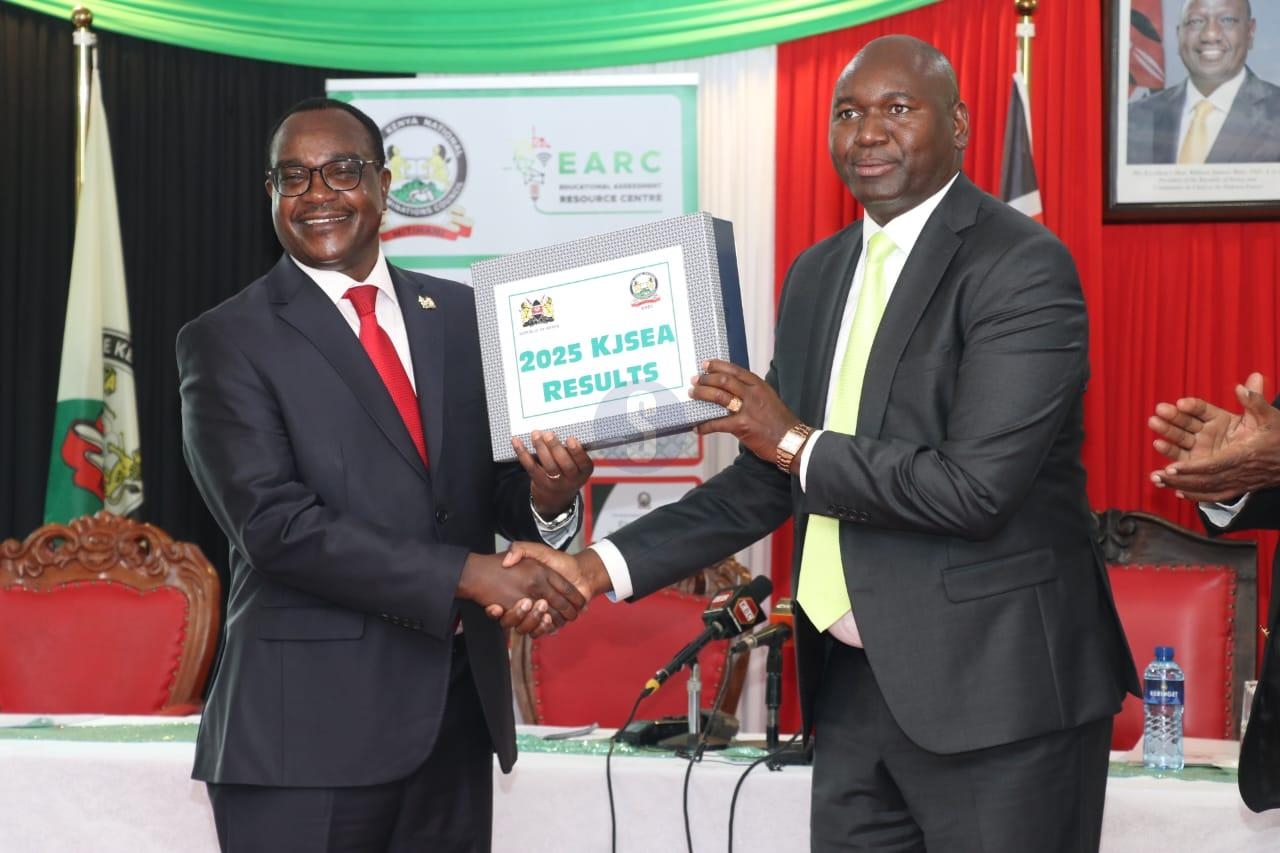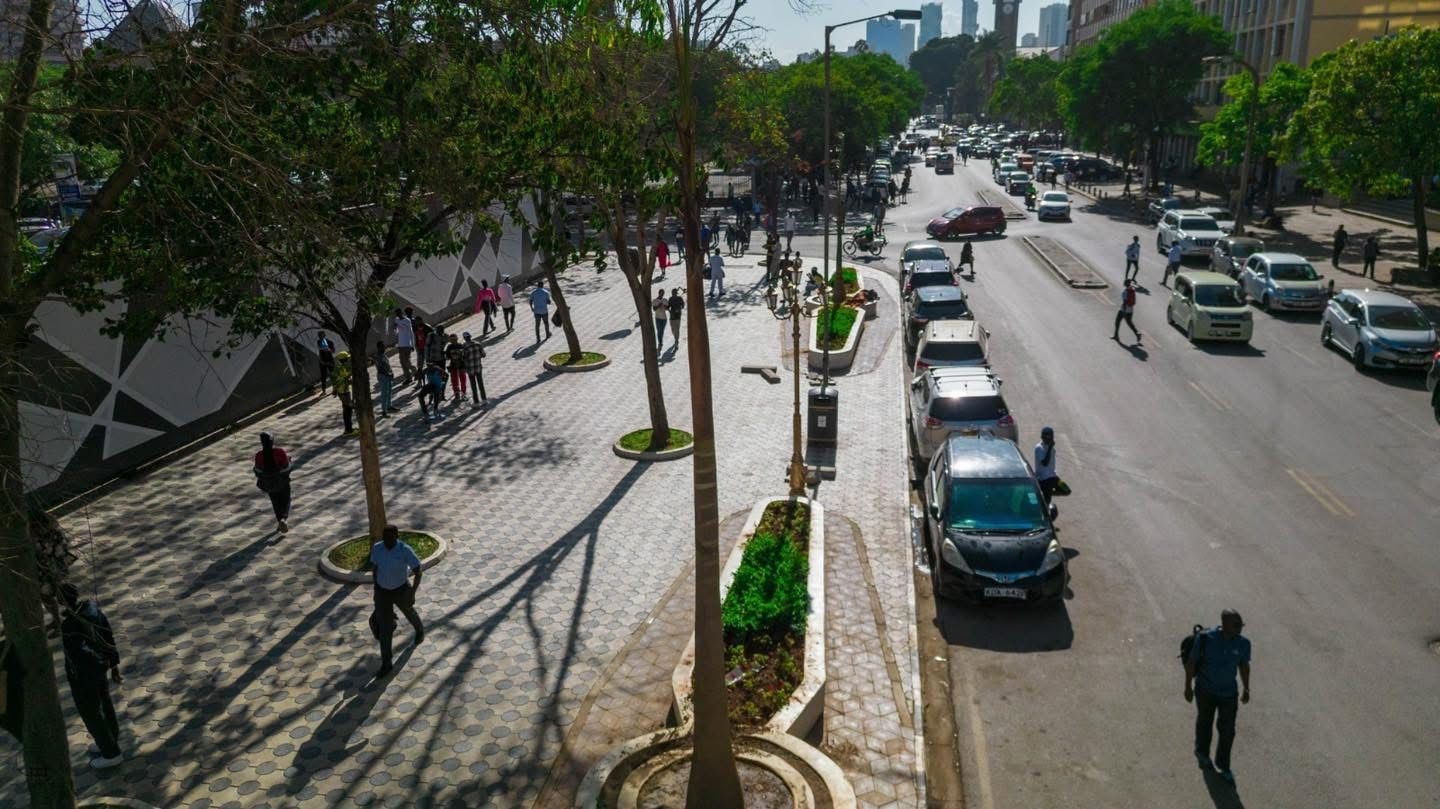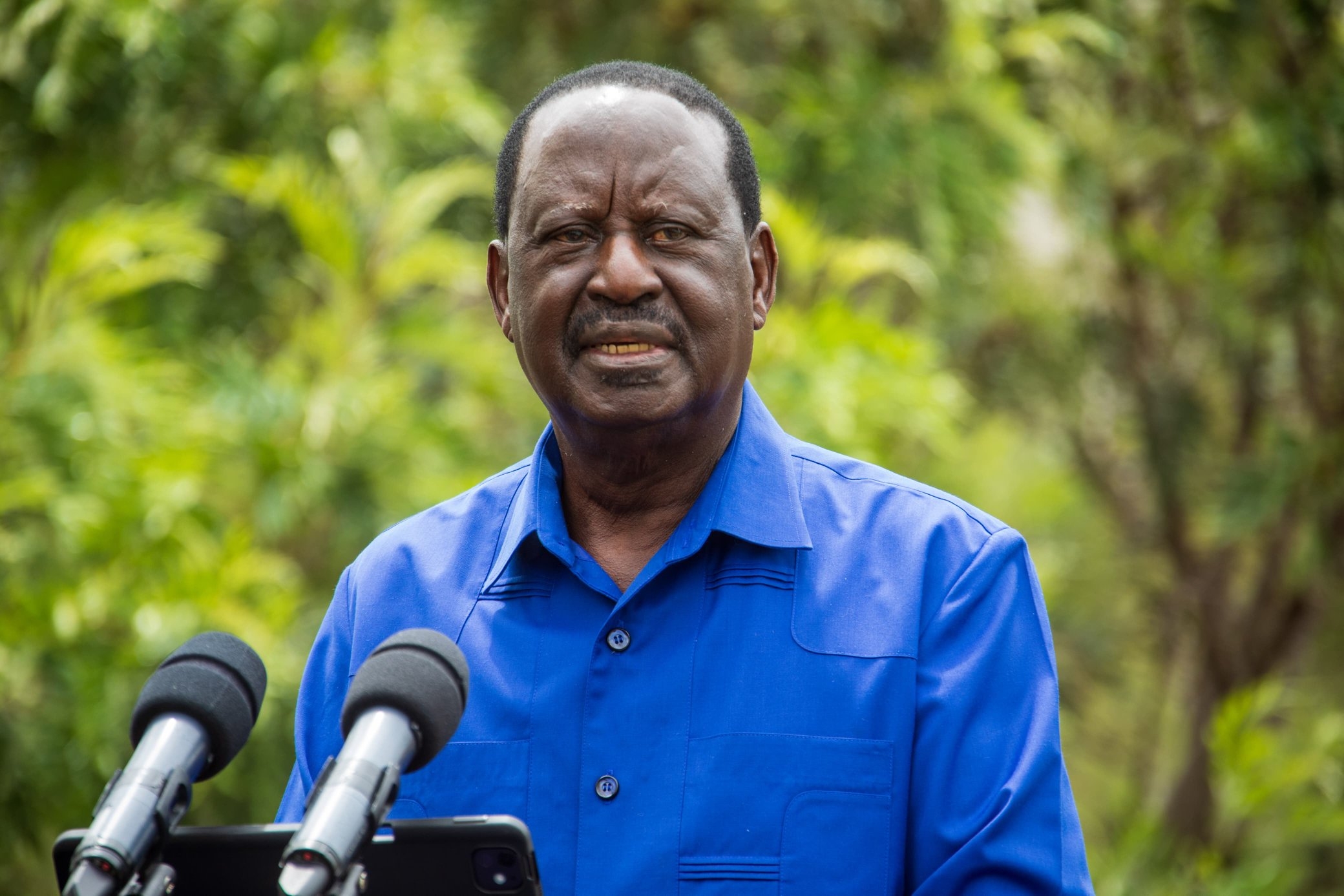Regional firm Adbud Tech has unveiled a novel Artificial Intelligence and Computer Vision-based tracking and measurement system to provide real-time pedestrian and vehicular transit and behavior data.
Speaking during the official launch ceremony in Nairobi, Adbud Tech CEO Stanley Mwangi said the new system is designed to fill the demand for high-fidelity vehicle traffic, pedestrian footfall and engagement data by the government, fast-moving consumer goods manufacturers, retailers, and service providers.
The system identifies, targets, and measures the effectiveness of communication programmes while at the same time leveraging audience behavior data to ensure there is desired engagement and conversion.
It uses cameras, sensors, computer screens and a host of tailor-made software to relay content and retrieve data that is assessed instantly and used to make necessary adjustments.
This way, it is possible to share tailored messages to specific demographics and behaviors observed in different locations.
The content is adjusted based on current audience data, such as changing the content displayed during different times of the day to target specific demographics.
Mwangi explained that today’s decision-makers need hyper-personalised data because the audiences they address have become highly informed and exposed to several information sources.
“Platforms like digital billboards and screens in busy streets and retail centers have become attractive due to their visual impact and large-scale presence for organisations looking to create awareness and increase visibility,” he said.
Their dynamic and interactive nature offers an opportunity to display multiple messages and engage with the audience in real-time and collect useful data.
Digital ones are gaining popularity due to their ability to grab attention and create a lasting impact.
However, they still face the challenge of providing better analytics for private and public sector organisations to ascertain their effectiveness.
With precision being the new modus operandi, AI-driven audience targeting and measurement is a more effective tool to segment according to specific criteria, and craft engaging tailor-made content.
The firm announced that with its new system, granular pedestrian and vehicular data is obtained and contextualised by the built-in AI-enabled algorithm to serve individuals with personalised information, based on their current and previous behavior.
Furthermore, in line with global Audience Measurement standards, the system presents higher quality tracking and measurement for interior and exterior movement to aid in bespoke transit data collection synchronised by time code.
In addition, immediate feedback on content performance such as viewer engagement and conversion rates, enables quick tweaks to maximise impact.
Ultimately, it is all integrated with other online programmes for better coordination and impact.
It is fuelled by the demand for data and better analytics, global spending on digital screen content which is poised to grow at an annual rate of 5.18 per cent, culminating in a market volume of $24 billion (Sh3.1 trillion) by 2029.
Kenya, Mwangi said, is no different, with its busy roads, public buildings, and retail outlets gearing for a piece of the expanding pie.

















